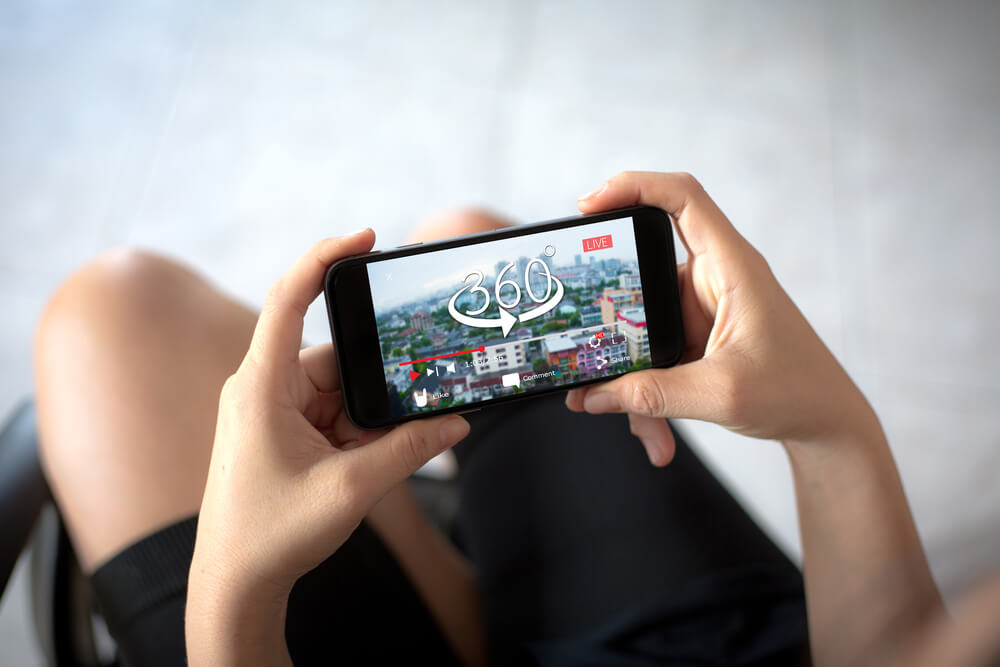
The poll, which asked whether or not users in the five countries were happy with their 4G connection, was conducted on Twitter between Feb 18 and Feb 25.. Source: Shutterstock
Airtel, Huawei’s 5G network trial signals ‘future-changing’ adoption in India
INDIAN telecommunications provider Airtel and Huawei have recently conducted the country’s first 5G network trial, bringing users closer to experiencing premium video streaming across modes such as 360-degree, 4K, ultra-HD, along with virtual reality and augmented reality.
The trial, which took place at Airtel’s Network Experience Centre in Manesar, Gurugram, a user throughput speed of 3Gbps was achieved, which the companies claim is the highest for the 3.5GHz band, according to The Indian Express.
Apart from the ability to enhance Internet of Things (IoT) applications, telco operators and smartphone companies believe that 5G also holds the key to the growth of artificial intelligence (AI) systems.
“The promise of 5G is endless, it will be a game changer and, it will change the way we live, work and engage. We look forward to work closely with our partners for developing a robust 5G ecosystem in India,” Abhay Savargaonkar, Director – Networks, Bharti Airtel was quoted as saying.
Emmanuel Coelho Alves, Director, Wireless Marketing, Huawei HQ, said: “We shall also continue to work with Vertical Industry players to develop wider ecosystem use cases beyond enhanced mobile broadband,” said
The trial involved a 5G radio access network (RAN) that operated on a 3.5GHz network band, along with 5G Core and a 50GE network slicing router, the report said.
As a result of conducting the tests with in a 100MHz bandwith, the trial resulted in a 1-millisecond end-to-end network latency.
600 times faster than LTE
A little over a week ago, Prakash Mallya, a contributor at Forbes, said the implications for India’s adoption of 5G connectivity are vast.
Once adopted, users can enjoy speeds of up to 10 GB per second be up to 600 times faster than today’s LTE speeds in the US.
“It is the technology that will enable individuals, governments and companies to remain in sync in real time,” he wrote.

Once adopted, users can enjoy speeds of up to 10 GB per second be up to 600 times faster than today’s LTE speeds in the US. Source: Shutterstock
“Contextualize this to India, where the government has already taken several steps to build out this technology, including the 2018 budget, where the Finance Minister announced that the Department of Telecom (DoT) will support the 5G test bed at IIT (Indian Institute of Technology) Chennai.”
Applications
Apart from autonomous driving, governance, retail, entertainment, and beyond, Prakash said there are three primary requirements where 5G connectivity would come in handy massive Machine-to-machine communications (for IoT applications), ultra-low latency (enabling life-saving car-to-car connectivity), and gigabit speeds (high bandwidth mobile broadband).
Prakash also cited Nokia’s recent showcasing of over 60 different 5G use cases for India, including video analytics of real-time city surveillance, a public safety service that can be deployed at railroad crossings, and a smart parking service that India’s urban centers desperately need.
“With passenger vehicle sales in India crossing the 3 million mark in 2017, smart solutions that fully automate the parking process, including tracking parking hours and billing, will only serve to make the experience swifter and smoother,” he said.
“Surveillance cameras deployed at various public locations will provide crucial real-time inputs to the policing authorities, and help with data analysis to identify traffic and usage patterns.”
READ MORE
- The criticality of endpoint management in cybersecurity and operations
- Ethical AI: The renewed importance of safeguarding data and customer privacy in Generative AI applications
- How Japan balances AI-driven opportunities with cybersecurity needs
- Deploying SASE: Benchmarking your approach
- Insurance everywhere all at once: the digital transformation of the APAC insurance industry




